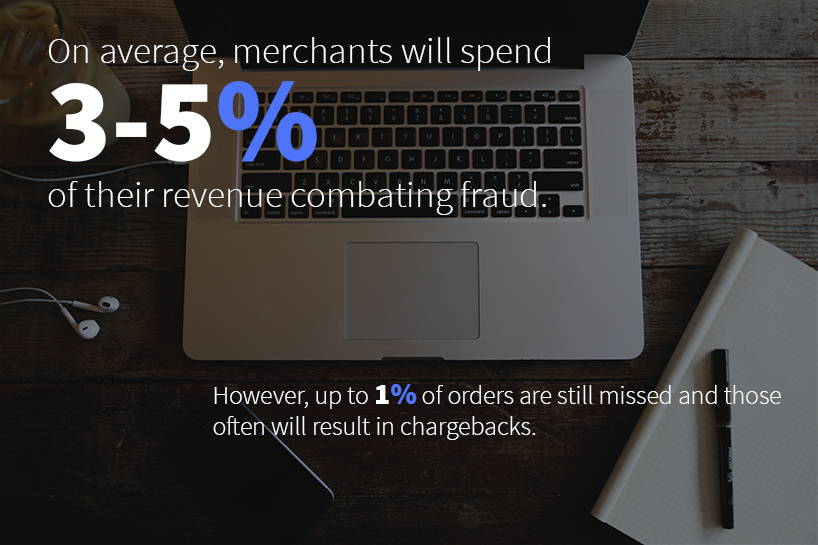Ecommerce Fraud Prevention
Chapter 1 (View all Chapters)
Ecommerce Fraud Prevention

Whether you're brand new to ecommerce or a hardened veteran, online fraud can be a discouraging experience. Fortunately there are steps you can take to dramatically reduce the likelihood of fraudulent orders. In this guide, we'll cover what ecommerce fraud is, how it happens, and what you can do to prevent it.
What is Ecommerce Fraud?
Ecommerce fraud, also known as payment fraud or card-not-present fraud, comes in the form of a chargeback. If a customer presents their bank with a valid reason they shouldn't have been charged for a particular transaction, the bank can issue a chargeback. This chargeback pulls the purchasing funds from the merchant and returns them to the customer.
There are numerous types of fraud, but here we'll cover two of the most popular types: friendly fraud and clean fraud.
Friendly Fraud
Friendly fraud occurs when a merchant receives a chargeback because the cardholder denies making the purchase or receiving the order, yet the goods were actually delivered. For example, the customer may have forgotten they ordered it, a family member that had access to the card information created the order, or they are deliberately attempting to obtain the merchandise for free.
Clean Fraud
Clean fraud is a transaction that appears to be legitimate in every way, yet is actually fraudulent. This type of fraud involves a third party who illegally obtains and uses someone's account information to make purchases. Often times, the victim doesn't realize they're a victim until they file a chargeback. Clean fraud is the most difficult to combat because the order will have valid customer information, valid IP address and accurate AVS and CVV data.
Did you know? Address Verification System (AVS) and Card Verification Value (CVV) are the two most common tools to prevent fraud at checkout. AVS compares the numeric parts of a billing address stored on a credit card to the address supplied by the shopper. CVV is the three or four digit number on the backside of a credit card and is a security feature used to combat card-not-present fraud. Many payment gateways come with these basic fraud tools enabled by default.
 © Copyright 2003 - 2024 BigCommerce Pty. Ltd. Shopping Cart Software
© Copyright 2003 - 2024 BigCommerce Pty. Ltd. Shopping Cart Software